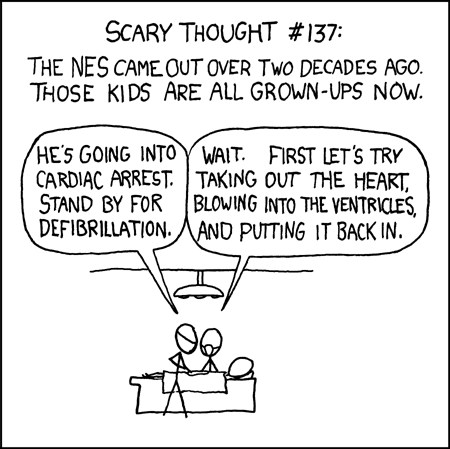Since getting rid of my car, I order pretty much everything I need via the internet. I was kind of doing that even when I had a car. This lends itself nicely to keeping lists of stuff to buy, and it’s even beneficial because it makes grouping stuff for shipping easier.
Of course, most people keep lists of things to buy on or off of the internet anyhow.
Anyway, in order to prioritize the order in which I … uh, order stuff, I started breaking the list into three categories:
- Needs – Things I need. These must be ordered when I have the money available.
- Wants – Things I want. These would be nice to have, but not necessary.
- Wishlist – Things I think I might want to buy, if I had enough money. Maybe I don’t really want them, but they seem interesting and maybe useful.
To keep my life functioning properly, Needs has to include more than the typical, “food, shelter, water”. In the interest of thrift and functionality, I have redefined a need as something that:
- Costs more not to have than it does to purchase such as groceries and cooking utensils. Without these items, a very basic need of nutrition will have to be fulfilled from restaurants, which after a short period of time outpaces even the cost of cooking utensils.
- If not purchased, will result in the loss of something that I’m not willing to lose, such as plane tickets to see Amanda on a regular basis. I’m not willing to let the quality of our marriage suffer in favor of a few hundred dollars per month.
A good example of a combination of these is property (or renter’s) insurance.
This has nicely separated out my needs and wants. The wants vs. wishlist separation is typically done on utilitarian grounds. For instance, I want dish towels for the apartment so that things can be wiped up without going through paper towel, but my desire for a green laser pointer (when a red one would work just fine) goes on the wish list. The green laser pointer is an order of magnitude more expensive than a red one, with only a little added functionality.
